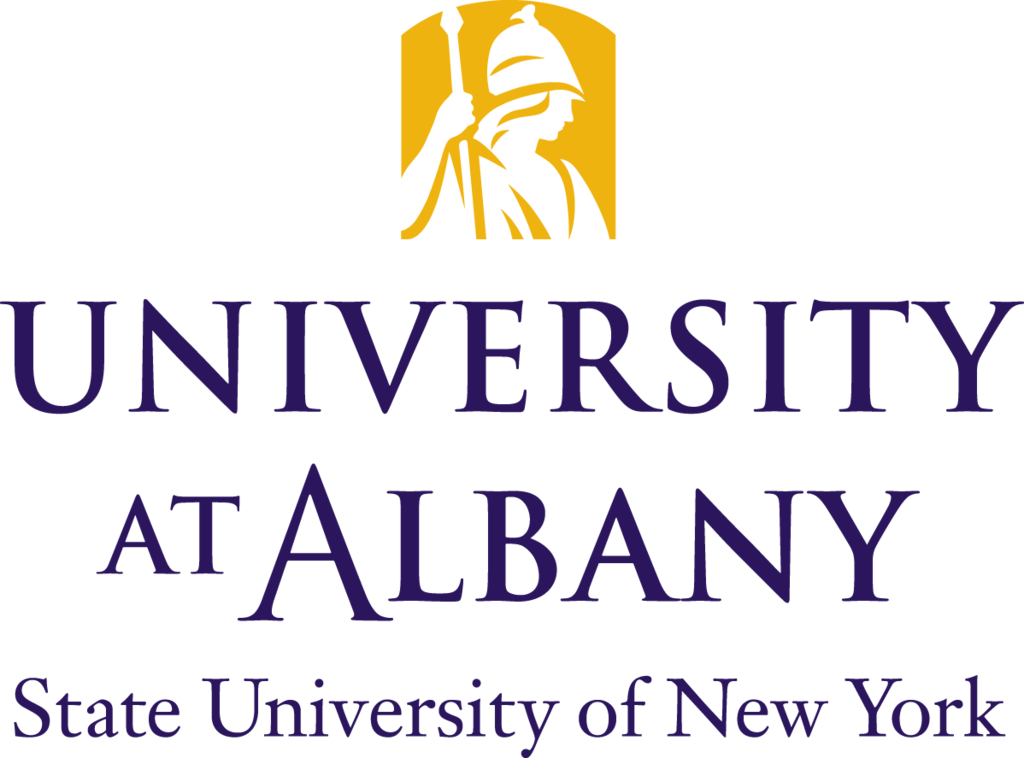Newswise — ALBANY, N.Y. (Aug. 26, 2020) – Researchers at the University at Albany’s Atmospheric Sciences Research Center (ASRC) are contributing to a new National Science Foundation (NSF) institute that will advance the use of artificial intelligence (AI) and machine learning technologies to improve our understanding of weather and climate, including its societal impacts and related decision-making.
NSF today announced an investment of more than $100 million to establish seven AI institutes, including the Institute for Research on Trustworthy AI in Weather, Climate and Coastal Oceanography, which received $20 million of the funding.
UAlbany researchers, who will focus on AI solutions for winter weather, are joined by partners at the University of Oklahoma, the leader of the institute, along with Colorado State University, the University of Washington, North Carolina State University, Texas A&M University-Corpus Christi, Del Mar College (Corpus Christi); and the National Center for Atmospheric Research; and private industry partners including Google, IBM, NVIDIA, and Disaster Tech.
“We are proud to be part of this new NSF institute that is dedicated to using AI to both advance our nation’s understanding of weather and climate and offer actionable solutions for impacted decision-makers,” said UAlbany President Havidán Rodríguez. “UAlbany is home to the largest concentration of atmospheric, climate and environmental researchers in New York, many of whom are already developing smart weather-based solutions. This institute will continue to enhance these technologies, in turn, improving societal resiliency during an era of increasingly extreme weather due to climate change.”
Outsmarting Winter
New York is known for its cold and wet winters, with an average snowfall of greater than 70 inches over 60 percent of the state’s area. Rochester gets more snow than any other large city in the U.S., averaging nearly 100 inches. These heavy snow accumulations and accompanying ice storms often wreak havoc across the state including prolonged power outages, road closures and school cancelations.
UAlbany researchers have been awarded $2.4 million through the NSF institute to lead the development of AI-based technologies that will be used to better monitor and predict winter weather, as well as tailor tools that can be utilized for decision-making when severe winter storms are looming.
To do so, they will tap into existing weather data available through the UAlbany-run New York State Mesonet, a network of 126 weather stations across the state, along with the Oklahoma Mesonet, which includes 120 weather stations covering its state. Combining Mesonet data with machine learning techniques will offer advanced forecasting insights that can assist public and private sector partners during severe winter weather events – including the New York State Department of Transportation (NYSDOT).
“The safety of the traveling public is our top priority at the New York State Department of Transportation and accurate weather forecasts are vital to our ability to prepare for and respond to storms,” said New York State Department of Transportation Commissioner Marie Therese Dominguez. “This exciting initiative by UAlbany’s Atmospheric Sciences Research Center has the potential to greatly enhance our abilities to combat whatever weather our changing climate has in store for us and will help NYSDOT and our partners as we respond to weather events effecting our transportation network. We are proud to be a part of it.”
Along with the NYS Mesonet, research and expertise at other entities within UAlbany’s Weather-Climate Enterprise will also be leveraged including the xCITE (ExTREME Collaboration, Innovation, & TEchnology) laboratory, a state-of-the-art data and visual analytics center, and the Center of Excellence in Weather & Climate Analytics.
“The use of AI and machine learning techniques for severe weather prediction is rapidly evolving,” said Chris Thorncroft, who directs ASRC and is co-leading the institute’s winter weather research. “We are looking forward to combining resources with institutions across multiple sectors to discover and enhance innovative technologies that will improve weather-based decision making in New York, the United States and around the globe.”
“It is really important that we focus on developing trustworthy AI solutions that rely on accurate data and can be customized to help those need it to make better decisions,” added Kara Sulia, a research scientist at ASRC, director of the xCITE Lab, and also a co-leader of the institute’s winter weather research. “We have a niche here at UAlbany of creating actionable smart weather-based solutions. Joining this institute is an important next step to continue our work.”
Funding for the institute’s research will extend over the next five years. It will also include training opportunities for students who are interested in learning more about the use of AI for environmental applications.
About UAlbany’s Weather-Climate Enterprise:
With close to 120 faculty, researchers and staff, UAlbany hosts the largest concentration of atmospheric, climate and environmental scientists in New York State, and one of the largest in the nation. Led by its Department of Atmospheric and Environmental Sciences and Atmospheric Sciences Research Center, UAlbany is also home to the NYS Center of Excellence Weather-Climate Business Analytics, the xCITE R&D laboratory, and the New York State Mesonet – the most advanced mesoscale weather observation system in the nation.
###
